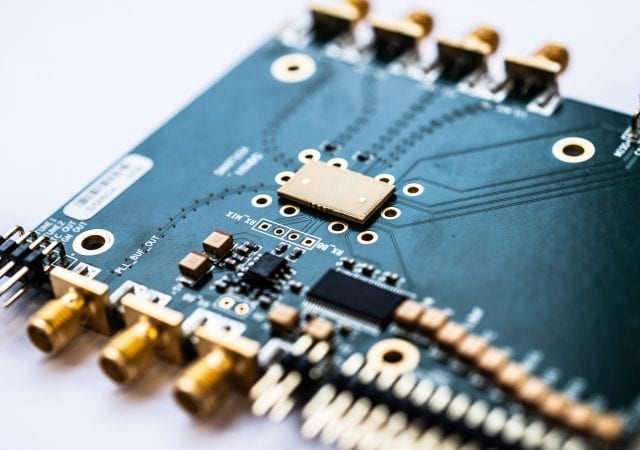A radar sensor operating at 60 GHz can detect small motions with high range resolution. Thanks to chip technology and a phenomenal reduction in power consumption, these radar sensors are becoming ready for the next big step: integration into tiny, battery-powered devices. This enables a range of smart health applications, from contactless heartbeat sensors to non-invasive fall detection systems.
Moore’s Law Smells Funny
…maybe we need “Integrated Cleverness Law” “Jazz is not dead, it just smells funny.” – Frank Zappa 1973 from Be-Bop Tango (Of The Old Jazzmen’s Church) Marketing is about managing expectations. IC marketing must position next-generation chips as adding significant…
The Last Technology Roadmap
After many delays, the last ever International Technology Roadmap for Semiconductors (ITRS) has been published. Now that there are just a few companies remaining in the world developing new fab technologies in each of the CMOS logic and memory spaces,…
CMOS-Photonic Integration Thermally Sensitive
As published in the journal Nature, CMOS transistors have been integrated with optical-resonator circuits using complex on-chip sensors and heaters to maintain temperature to within 1°C. While lacking the laser-source, these otherwise-fully-integrated solutions demonstrate both the capability as well as…
Batteries? We don’t need no stinking batteries.
We’re still used to thinking that low-power chips for “mobile” or “Internet-of-Things (IoT)” applications will be battery powered…but the near ubiquity of lithium-ion cells powering batteries could be threatened by capacitors and energy-harvesting circuits connected to photovoltaic/thermoelectric/piezoelectric micro-power sources. At…
